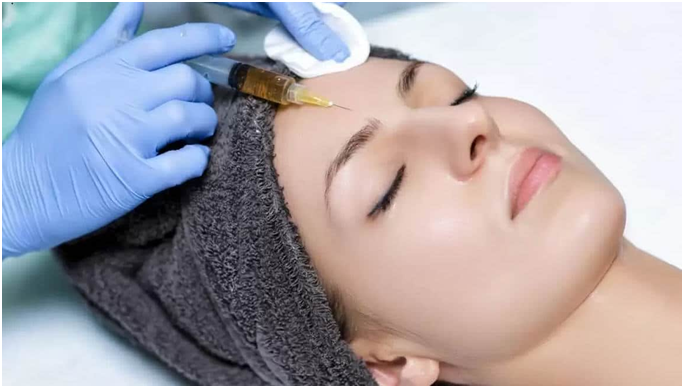Vampire facial leads to HIV outbreak at an unlicensed spa in New Mexico
Why has the “Vampire Facial” come into the spotlight?
The cosmetic procedure known as the “vampire facial” has recently been highlighted in news due to its association with three cases of HIV transmission. This alarming situation occurred at an unlicensed spa in New Mexico, where improper sanitary practices and the reuse of needles led to these infections. This has raised significant concerns about the safety and regulation of cosmetic procedures involving blood handling.
What exactly is a “Vampire Facial”?
A vampire facial, formally known as platelet-rich plasma (PRP) microneedling, is a cosmetic procedure aimed at rejuvenating the skin. It involves extracting a small amount of the client’s blood, processing it to concentrate the platelets, and then injecting it back into the face using microneedles. This process is intended to stimulate collagen production and improve the skin’s overall appearance and texture.
How did the transmission of HIV occur through these facials?
According to the Centers for Disease Control and Prevention (CDC), the transmission at the spa was linked to the use of contaminated equipment. The spa reused disposable needles that were intended for one-time use, leading to the spread of the HIV virus among clients who underwent the procedure. This was compounded by the lack of proper sterilization and the spa’s unauthorized medical practices.
What are the broader implications for public health?
This incident underscores the critical importance of adhering to strict sanitary protocols in any medical or cosmetic procedure involving blood. The CDC’s report following this outbreak highlighted the need for more stringent regulatory oversight in cosmetic practices to prevent such incidents. It also emphasizes the need for consumers to be aware of the risks associated with unlicensed medical procedures and the importance of choosing reputable, licensed providers for any cosmetic treatment involving blood handling.
This case has also prompted health experts and regulatory bodies to reevaluate and reinforce the safety standards required for cosmetic procedures, particularly those involving invasive techniques like microneedling and injections.

